AP CSP Practice Test – Unit 10 Review Questions
AP CSP Practice Test – Unit 10: Recursion. Advanced Placement® (AP®) Computer Science Principles (CSP) Unit 10 Review Test Prep, Multiple Choice Section questions, Answers with explanation. Algorithm Understanding: These questions assess your understanding of how specific algorithms work, their purpose, and their implementation details. Complexity Analysis: These questions focus on analyzing different algorithms’ time …

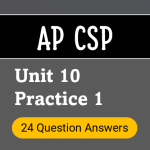
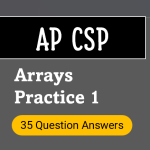
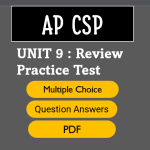
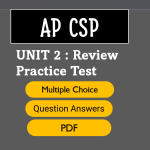
![AP CSP Practice Test 2025 Study Guide [UPDATED] Review Practice Questions](https://gotestprep.com/wp-content/uploads/2024/07/AP-CSP-Practice-Test-with-Study-Guide-min-150x150.png)
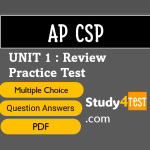
![AP CSP Practice Test 2024 Questions Answers [PDF]](https://gotestprep.com/wp-content/uploads/2022/05/AP-CSP-Practice-Test-Questions-Answers-PDF-150x150.png)